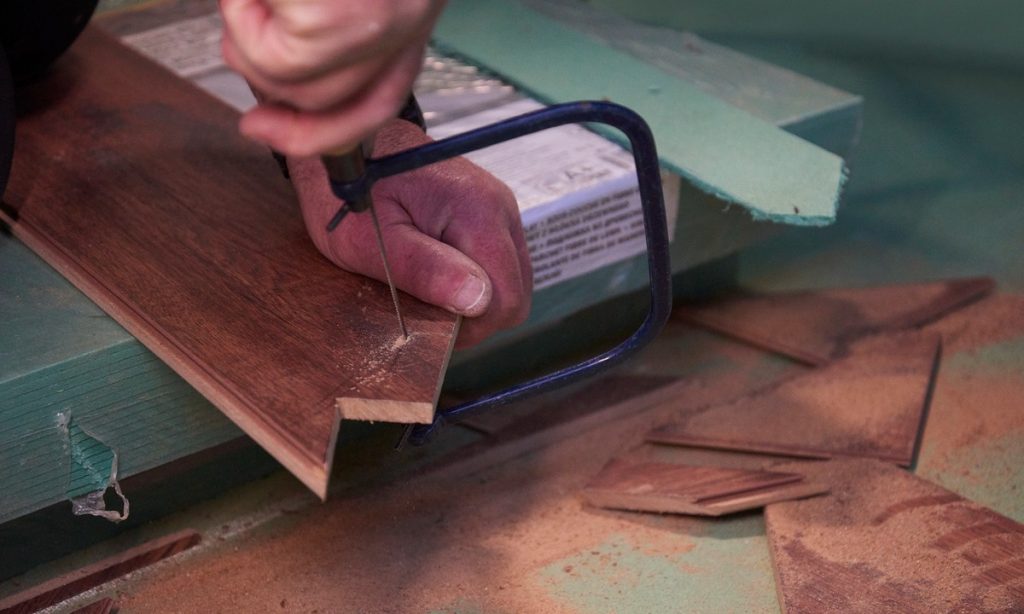Can a Coping Saw Cut Through Metal?

Given the right blade, a coping saw will let you cut through plastic, wood and even metal! It’s important to know what you’re cutting and which blade will be best suited for the job.
What Is a Coping Saw?
It’s a type of bow saw that’s used to make intricate interior cutouts and external shapes in carpentry. It has a C-shaped frame that stretches a hardened steel blade on one side, giving it a square-ish look with a handle on the blade’s side.
The blade is removed and manually passed through a drilled hole in wood, plastic or metal (whatever one needs to cut) — the frame is then closed and tightened. You can use it perpendicular to the edge and make long cuts in the material, however, since the frame is not that wide and is rather shallow, it can only make cuts as wide as the frame.
In other words, a coping saw limits how far from the edge you may cut but can help cut through thick materials. There’s another saw, known as fretsaw, that helps you cut well away from the edge but conversely limits your ability to cut through thicker materials.
What Materials Can a Coping Saw Cut?
The list certainly doesn’t contain every possible material that a coping saw can cut — just the four most commonly used materials.
Wood
The blade of a coping saw can cut through wood very easily and helps make carvings manually. It can be used by professional woodworkers and also DIYers who don’t own power blades.
Plastic
Materials such as acrylic, PVC, styrofoam and polystyrene can easily be cut using a coping saw. You’ll need a blade with a high TPI (Teeth Per Inch) for a flawless finish.
Metal
When it comes to metal, a coping saw can definitely cut it — including tin, aluminum, copper, metal sheet and more. If you’re looking to cut metal with your coping saw, make sure your blade has a TPI of 24 or above.
While a coping saw can surely get the job done, a hacksaw is a much better option for cutting metal. If you’re looking for a powered option, make sure to get a jigsaw with a metal cutting blade.
Cardboard
Cardboard is a very widely used material, used in packaging and making boxes. A coping saw can easily cut it but it may also get stuck in the cardboard, bend and even break.
Cutting Metal: Coping Saw vs. Hacksaw
A coping saw is good at making thicker cuts. It’s just that it will limit your ability to cut far from the edge. When it comes to a hacksaw, you can basically cut the metal sheet anywhere. The only drawback of a hacksaw is that it’ll only let you cut through thin metal sheets. As the metal gauge gets thicker, it’ll get harder for you to cut it manually and you’ll have to resort to a jigsaw or another power cutter.
Final Words: Be Extra Careful When Cutting Metal
Lastly, when you’re using a coping saw to cut through metal, make sure to wear thick gloves and long sleeves to protect your skin against the sharp edges. You must also wear goggles to protect your eyes from flying pieces of metal and debris. If you’re not careful while moving the blade, you risk injuring your hand from the bottom.
